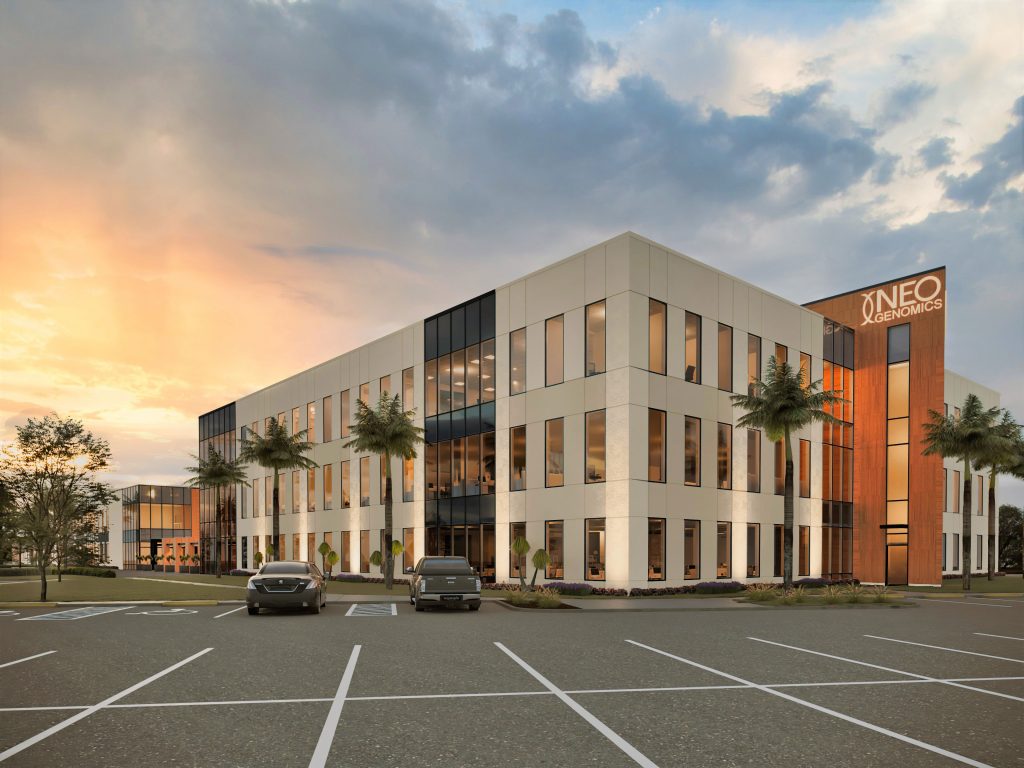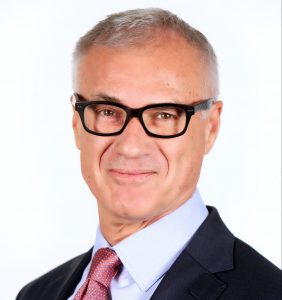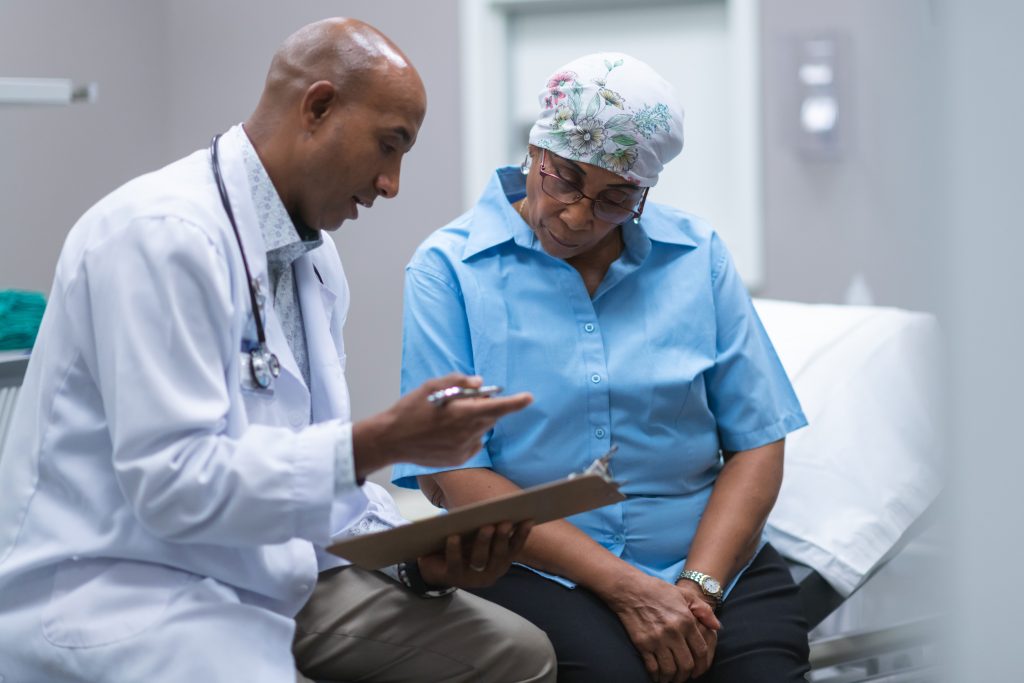In 2015, roughly two years after cancer testing laboratory NeoGenomics completed its initial public offering on the Nasdaq that sought to raise roughly $8 million to fund the company’s continuing expansion, word came of a merger between NeoGenomics and Clarient Diagnostics Services, a division of GE. At first blush, one might have thought that GE was making good on its vow to turn its cancer diagnostics company—acquired five years earlier for $587 million—into a $1 billion business by bringing on board the up-and-coming cancer diagnostics player NeoGenomics.

But then the kicker. GE was not growing its business by gobbling up a smaller player, it was the other way around. Corporate giant GE was throwing in the towel and small-cap NeoGenomics had swooped in with $350 million in cash and stock to turbo charge its own plans to become the preeminent cancer diagnostics company in the U.S. At the time of the deal, NeoGenomics’ market cap of $300 million was lower than Clarient’s acquisition price.

executive chairman, NeoGenomics
According to Douglas VanOort, company executive chairman who served as CEO of the company from 2009 until April, the acquisition of Clarient was one of a handful of pivotal moments for the company over the past ten years. “Our growth has occurred in the backdrop of precision oncology becoming more of a powerful force, so we have had a little wind at our back in terms of what has happened in cancer care,” VanOort told Clinical OMICs, who noted that Clarient was four times the size of NeoGenomics when he first started with the company.
While the Clarient deal solidified NeoGenomics as a national player in cancer testing, it wasn’t done. Three years later it acquired Carlsbad, CA-based Genoptix, the next largest cancer testing lab competitor, for $125 million.
“What we did as a result of those two acquisitions, is we now had enough scale so that we could be a very powerful provider for the community pathologists, hospitals, and oncologists offering a comprehensive cancer testing menu to serve their needs,” VanOort said.
Today, the company, which recorded a bit more than $66 million in revenue during its first year as public company in 2013, racked up sales of more than $444 million in 2020 and processed roughly one million cancer diagnostics tests.

CEO, NeoGenomics
This year also marks the beginning of what is likely the next phase of growth for NeoGenomics as it eyes leveraging its position as the number one cancer testing company in the U.S. to expand worldwide. For this next chapter, VanOort stepped down as company CEO in mid-April, replaced by former Astra Zeneca EVP and CEO of Ironwood Pharmaceuticals, Mark Mallon.
The year got off to a quick start as the company announced two key acquisitions aimed at bolstering its core clinical, pharma services, and informatics divisions. In March, it acquired Trapelo Health for $65 million, an oncology decision support platform that will strengthen its informatics offerings; and in early May it announced plans to acquire U.K-based liquid biopsy company Inivata for $390 million. NeoGenomics plans to leverage Inivata’s testing capabilities in both its clinical and pharma services divisions.
As new CEO Mallon sees it, continuing to build the breadth and depth of the tests and services it offers is what will set the company apart in all three of its business units. “It is not about having one new test or one particular test,” Mallon said. “It is the customer focus and broad portfolio—that is why we are so successful.”
With these pieces in place, Mallon said he will call on his deep experience in pharma and international operations as the company looks to play a more significant role in markets overseas.
Broad clinical Dx offerings
At the heart of what NeoGenomics counts as its advantage in cancer testing is its broadening menu of cancer diagnostics using an array of technologies and platforms including fluorescence in suit hybridization (FISH), immunohistochemistry (IHC), in situ hybridization, (ISH), flow cytometry, cytogenics, and molecular testing.
While traditional testing methods form the backbone of the company’s offerings, Mallon sees molecular testing playing an increasing role in the years ahead. “Part of our opportunity is the newer diagnostics, with next-gen sequencing and liquid biopsy,” he said.
The plan to acquire Inivata highlights what is possible with these new technologies. Inivata’s core PCR multiplexing technology is its InVision First Lung test for non-small cell lung cancer and its newest launch RaDaR a multi-tumor assay for the detection of residual disease and recurrence based on the InVision liquid biopsy platform.
According to VanOort, the addition of Inivata’s technology helps fill out its cancer testing menu and gives it a solid position for growth in the liquid biopsy and residual disease and cancer recurrence market—an addressable market the NeoGenomics’ management team pegs at $15 billion annually.
“The addition of Inivata’s leading liquid biopsy technology for detecting circulating tumor DNA will allow NeoGenomics to provide testing solutions to our physicians and their patients for diagnosis, prognosis, therapy selection and now also for post intervention detection of residual disease and for recurrence monitoring,” VanOort said in company conference call announcing the acquisition.
VanOort singled out Inivata’s RaDaR test as the big prize in the buyout. “The sensitivity of this test, we believe—and all the KOLs and experts we consulted believe—is probably the best out there,” he said.
Inivata has published data detailing the high sensitivity of the test and it seems poised, with NeoGenomics as a marketing engine, for broad adoption.

CEO, Inivata
“While the published clinical data and high levels of sensitivity for RaDaR are compelling, perhaps the most exciting aspect about RaDaR and MRD testing in general is the paradigm shifting impact it can have for patients along their cancer journey,” noted Clive Morris, Inivata CEO, in the conference call. “In the adjuvant post-surgery setting, RaDaR can potentially be used to help select patients for adjuvant therapy based on the presence of residual circulating tumor DNA in the blood, indicating that the patient has not been cured by their surgery. In the future, the test may also be able to help optimize the dosing or duration of therapy. RaDaR testing can also be used to monitor for disease recurrence for cancer patients that are in remission.”
Pharma services
NeoGenomics launched its pharma services division in 2015, with two employees, one of whom was hired from Clarient and then effectively reunited the pharma services team from Clarient when it acquired the company a short time later.
Its first foray into providing service to drug developers came via a partnership with Covance a couple of years prior, in 2013, as the CRO was looking for a diagnostics partner for its work in oncology. VanOort said the partnership provided NeoGenomics with what amounted to a “Good Housekeeping seal of approval” from its affiliation with Covance. But the partnership was short-lived, as the CRO was acquired the next year by clinical lab giant LabCorp.
Another CRO relationship was announced in February this year with Parexel, which allows the CRO to tap into Neo’s rich genomic dataset and real-world data to help drive development of precision therapies and for patient stratification for clinical trials.
According to Angela Qu, vice president of translational medicine and clinical develop at Parexel, accessing NeoGenomics’ data will allow the company to provide guidance and proof-of-concept for clinical trials. “NeoGenomics is a lab provider for oncology testing,” Qu noted, “but they have a very rich database around oncology patient data to help optimize trial design and expedite (clinical) trials.”
While NeoGenomics has established a number of CRO partnerships, VanOort is clear that its reach into the pharma segment does not rely on them. “We’ve had a number of partnerships in the CRO space, but the way we work with pharma is to sell direct,” he said. “We have a very tenured and skilled sales team that deals with the researchers and the people who are placing trials. We like that go-to-market strategy.”
Mallon also touts the RaDar technology of Inivata as being an engine for future growth in pharma services. He noted that as oncology therapeutics increasingly target ever smaller populations with precision therapies, the sensitivity of RaDar can ensure that clinical trials can target only the appropriate patients based on their molecular profile and could potentially transform how pivotal studies are conducted.

“The challenge today is you have to enroll a huge number of patients because many if the people that have had the surgeries, maybe as many as 70% to 80% of them don’t have cancer,” Mallon said. “Today, when pharma companies do those studies, those patients are all enrolled in studies and the result is you have to do very large studies, hundreds and hundreds of patients, over a long period of time to show an improvement of your new therapy over the existing standard. With RaDaR, we can effectively eliminate all those patients who are cured and only do the studies on patients who have cancer.”
Leveraging data
The third leg of the stool for NeoGenomics is its informatics division, which seeks to leverage the cancer testing data it has generated via its array of testing options over the last dozen years. According to Bob Bonello, president of the informatics division, he and his team operate with two mandates:
“We are revenue generating in and of ourselves, but we are also creating products and solutions that are designed to make our pharma services and clinical service divisions more competitive,” he said.
Similar to other company divisions, informatics will grow via organic growth, but also through targeted acquisitions such as the $65 million purchase of oncology clinical decision support company Trapelo Health earlier this year.
According to Clynt Taylor, founder and CEO of Trapelo, the decision support platform serves oncologists by identifying which biomarkers a cancer patient should be tested for. It then provides a listing of lab service providers who can test for those biomarkers and via its work with some payers, whether a particular patient’s health plan will reimburse for that testing.
Trapelo came into NeoGenomics’ crosshairs, Bonello said, as the company was actively looking to add a clinical decision support tool to its arsenal and had made a strategic decision that it was not going to build this function from scratch. With Trapelo, NeoGenomics felt it “had some particular knowledge and product expertise that we could bring to the table to help make the solution easier to adopt and a provider to use in their day-to-day interactions,” Bonello added. “Now we are trying to marry it with our knowledge of how oncologists order tests and interact with laboratories.”
Bonello sees the Trapelo platform as a foundational tool that can not only help clinicians choose the appropriate diagnostic to order for their oncology patients, but one that can also support other areas of the business. First on the agenda is developing a patient portal that will allow patients to log onto Trapelo to see the results of their oncology testing.
But the vision for what the fully developed patient portal will be goes well beyond simply being a repository of tests results, Bonello noted. “We will evolve that so it will become a patient-friendly version of those test results. Over time we will develop additional resource for them to learn what is their particular cancer, or what it is the significance of their test result, what are the therapies that are indicated by these results,” he said. “Ultimately, we would like it to be a place that patients could learn about clinical trial opportunities that are appropriate and connect them with investigators who are recruiting for clinical trials.”
Further into the future, NeoGenomics envisions creating a provider portal using de-identified data that can create insights into trends in testing such as which diagnostics were most often ordered for particular cancers, or whether patients typically were receiving testing for all the biomarkers recommended by NCCN guidelines for their form of the disease. Eventually, the company vision is to use the underlying technology platform of Trapelo to reach across patients, providers, payers, and biopharma to be the engine that marries the data to match the best therapy to the patient, at the most appropriate time.
And as NeoGenomics eyes the international markets for its services, reaching across these stakeholder groups is what Mallon believes will allow it to be successful.
“We should be not only aiming at being the leading diagnostic company for testing and information, we should be the leading oncology testing services company for pharma,” Mallon concluded. “We are having success with both biotechs and big pharma. It is already a very substantial business in the U.S., so in a couple of years I think we want to be known as a leader in the U.S. and outside the U.S.”










